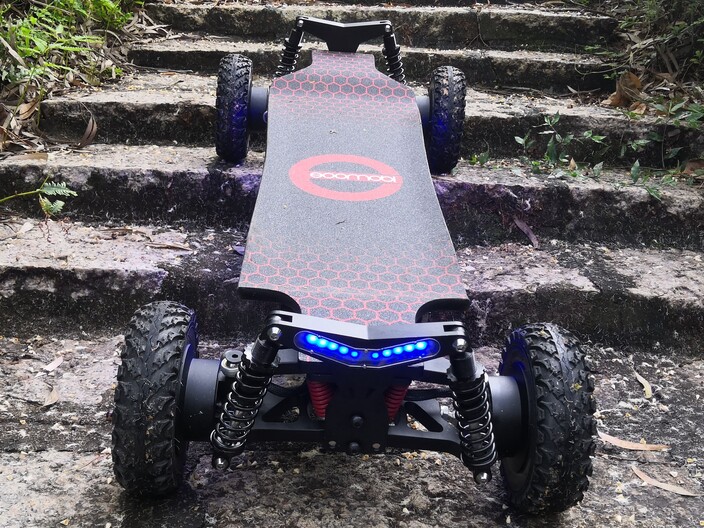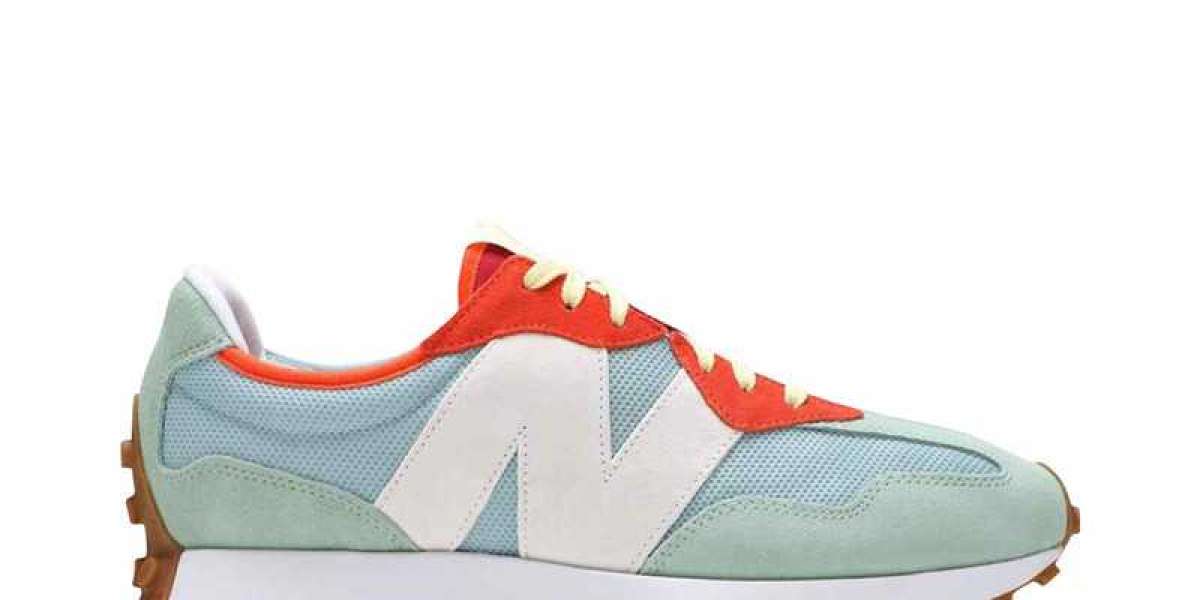Mountainboarding is an exhilarating sport that combines elements of snowboarding, skateboarding, and mountain biking. It involves riding a specially designed board down hills, mountains, and off-road terrains. Whether you are a beginner or an experienced rider, mastering tricks and techniques in mountainboarding is essential to enhance your skills and have a thrilling riding experience. In this comprehensive guide, we will explore the various tricks and techniques that will take your mountainboarding to the next level.

1. Stance and Balance
Before attempting any tricks or techniques, it is crucial to establish a proper stance and maintain balance on your mountainboard. The most common stance is the "regular" stance, where your left foot is forward. However, some riders prefer the "goofy" stance, with their right foot forward. Experiment with both stances to find what feels most comfortable for you.
When riding, distribute your weight evenly between both feet and keep your knees slightly bent. This will provide stability and control as you navigate through different terrains. Remember to always keep your eyes focused ahead to anticipate any obstacles or changes in the terrain.
2. Carving
Carving is a fundamental technique in mountainboarding that involves making smooth turns while maintaining control and speed. To carve effectively, shift your weight onto your toes or heels, depending on the direction you want to turn. Use your body and arms to initiate the turn, leaning into the direction of the turn while keeping your board flat on the ground.
Practice carving on gentle slopes before attempting it on steeper terrain. As you become more comfortable with carving, you can increase your speed and experiment with different turn shapes and sizes. Carving is not only essential for maneuvering through trails but also for setting up for more advanced tricks.
3. Jumping and Tricks
Jumping is a thrilling aspect of mountainboarding that allows riders to catch air and perform tricks. Before attempting any jumps, ensure that you have a solid foundation in balance and control. Start with small jumps and gradually progress to larger ones as you gain confidence.
When approaching a jump, bend your knees and prepare to spring off the lip. As you leave the ground, tuck your knees up towards your chest to maximize airtime. To land safely, extend your legs and absorb the impact with your knees and ankles. Practice landing on different surfaces to develop your ability to adapt to various terrains.
Once you have mastered the basics of jumping, you can start exploring different tricks such as grabs, spins, and flips. Grabs involve reaching down and grabbing the board while in the air, adding style and flair to your jumps. Spins can be executed by using your upper body to initiate a rotation while in mid-air. Flips, on the other hand, require advanced skills and should only be attempted by experienced riders in controlled environments.
4. Safety and Protective Gear
As with any extreme sport, safety should be a top priority when mountainboarding. Always wear appropriate protective gear, including a helmet, knee pads, elbow pads, and wrist guards. These will help minimize the risk of injuries in case of falls or accidents.
Additionally, it is essential to ride within your skill level and gradually progress to more challenging tricks and terrains. Pushing yourself too far beyond your capabilities can lead to accidents and injuries. Take the time to learn and master each trick and technique before moving on to the next.
Remember, mountainboarding is a sport that requires practice, patience, and perseverance. By following this comprehensive guide and continuously honing your skills, you will become a master of tricks and techniques in mountainboarding, pushing the boundaries of what is possible on a board.








